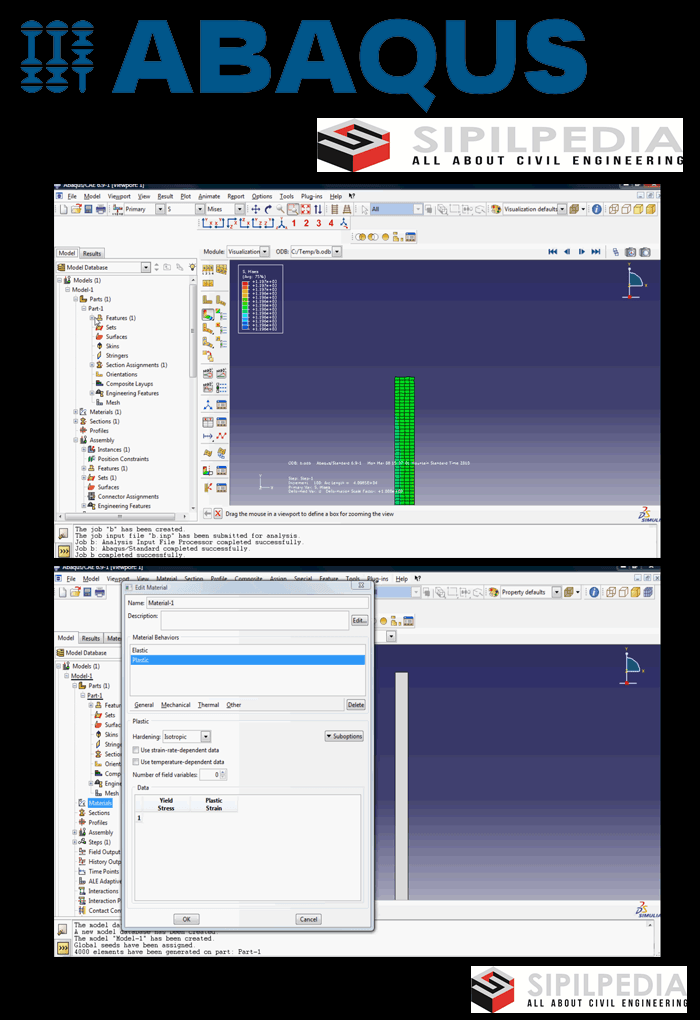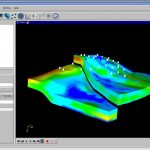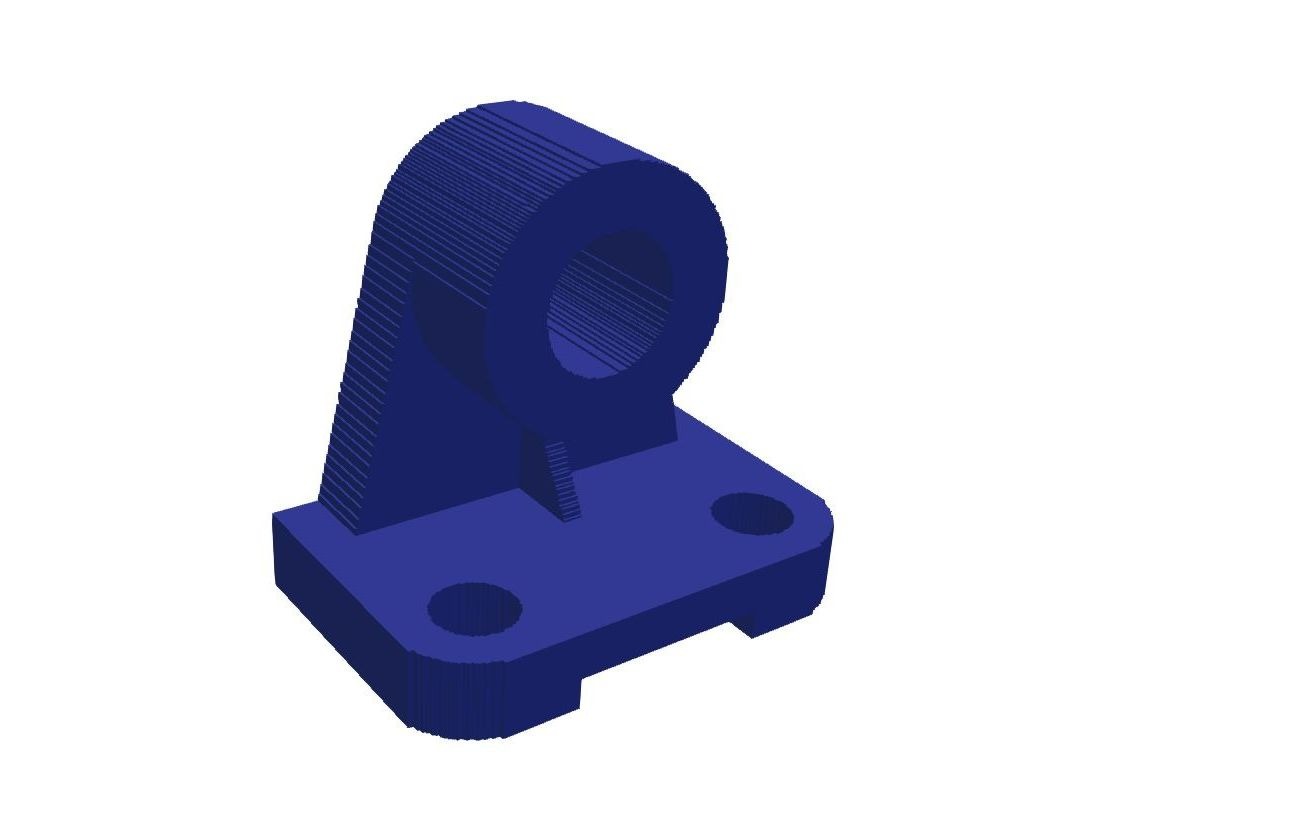

This can be done by running the "doc_JSON_creator.py, script in a command window ,as shown below, in Figure 2. This parameter file needs to first be generated. If a feature is not defined, it will not be written in the new, reduced database. In this parameter file, the user can define any features that will be passed over to the new database.

The user should specify in that file, whether or not to add field data, sections, and if so, which in specific. The OEBT requires a JSON parameter file, wherein the user defines what needs to be extracted. In terms of results, we are interested in keeping von Mises stress (S), displacement results (U), and equivalent plastic strain magnitude (PEEQ) from both steps.

For the unloading step however, we are only interested in the last frame, to only validate that the punch has displaced according to our provided input. For the loading step, since we are interested in the evolution of inelastic strains on the bar, we should keep all the result frames(10 in total).

So by defaults, we expect to have 20 frames of results in total, for both steps. In terms of requested field and history outputs, predefined defaults have been requested, However our main interest in terms of assessing the results, will be stress, displacement, and equivalent plastic strain output.ġ0 frames per step is the selected output frequency( time period of t=1). Contact has also been defined in the model between punch-bar and bar-support. Then during the unloading step, the punch is displaced upwards, moving away from the yielded bar. The punch instance, made out of linear elastic steel, is displaced downwards during the Loading step, causing the yielding of the bar. The bar rests on the support, made out of linear elastic steel. In specific, our 3 point bending setup, comprises of the rectangular bar specimen, made out of elastic plastic steel. The analysis, comprises of two steps, the loading step and the unloading step. Quarter symmetry(Z symmetry and X symmetry) is used, to reduce the computational time. The geometry, material properties, and mesh discretization of the assembly, are shown in Figure 1.įIGURE 1: 3 point bending example geometry You can have a read about the installation process in the “Obtaining and installing the plug-in” section of Christine’s blog here.įor demonstrating the use of the OEBT plugin, a 3 point bending analysis of a rectangular bar will be used. The installation of the plug-ins is quite straightforward. This typically allows more freedom for reducing the size of the generated output database since model entities can be excluded from the new database and not only results data. The advantage of the OEBT, is that the user can modify the model size as well, by deciding which regions (or excluding them), materials, sections, portions of the mesh, and what steps/frames/field/history data will be carried over, to the new database. The OEBT plug-in ,creates the new odb piece by piece, and does not require the user to run a datacheck first, and then copy over results data (unlike other tools available). Unlike similar tools, the user has a high level of flexibility in terms of the entities that will populate the new output databases. The OEBT plug in for Abaqus, allows the user to create new output databases (odbs), from existing ones. In this blog post, we will be showcasing the OEBT plug-in, that allows the user to select the specific results that they would like to keep, and populate them in a new results' database. Additionally, when automatically generated output requests are used, predefined default output variables are written in the results database, whereas the user might only have interest in von Mises stresses and resulting displacements in the model. Typically (at least for quasi-statics, statics), the user is mainly interested in retaining the first and/or last frames of generated output, as the main focus is the final deformed configuration, when a loading has been fully ramped up (100% loading). On many occasions, particularly when our model size is large or when automatically generated Field/History outputs are used by default, the resulting output database of an analysis can be of significant size.


 0 kommentar(er)
0 kommentar(er)
